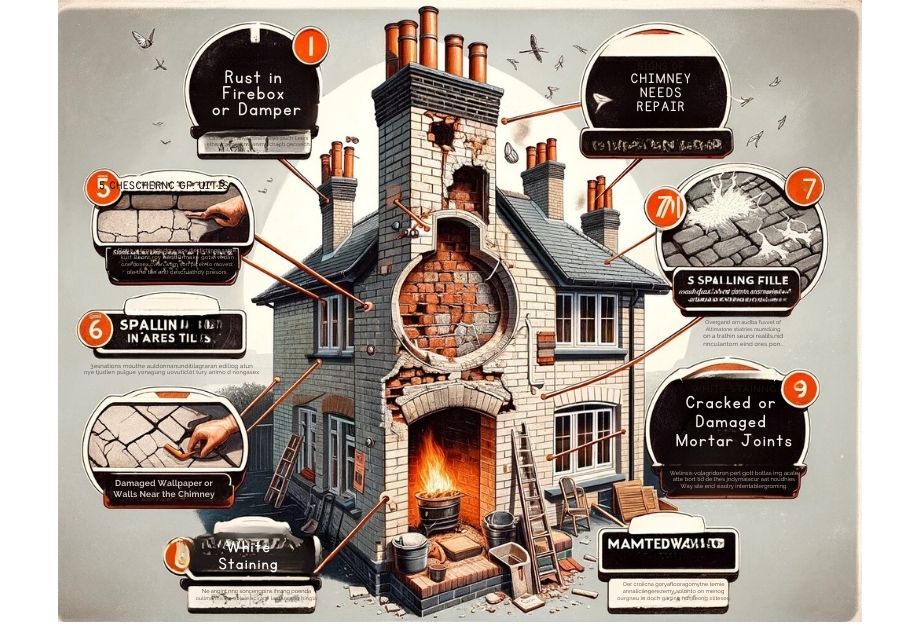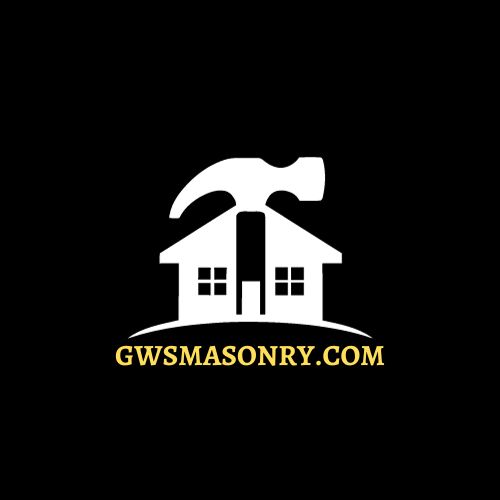
Owning a home with a chimney comes with its share of responsibilities, and regular maintenance is key to ensuring safety and functionality. Over time, chimneys can develop a range of issues that require professional attention. As experts in the field, George W Senior Masonry outlines seven critical signs of chimney problems that indicate a need for repair:
1. Cracked or Damaged Mortar Joints
Damaged mortar joints between chimney bricks can lead to more significant problems if not addressed. Exposure to moisture, especially in freezing temperatures, can cause serious deterioration. Regular inspections can identify these issues early on.
2. Rust in Firebox or Damper
Rust is a clear indication that there’s too much moisture in your chimney. If your damper isn’t sealing or operating correctly, or if you notice rust in your firebox, it’s time to call in professionals like George W Senior Masonry.
3. Spalling Bricks
Spalling occurs when water enters the brick, natural stone, or concrete and causes the surface to peel, pop out, or flake off. It’s not just an aesthetic issue but also a structural one. Spalled bricks need to be replaced to maintain the chimney’s integrity.
4. Shaling Flue Tiles
If you notice thin slices of chimney tile accumulating in the fireplace, this could be a sign of a deteriorating flue liner – a serious issue that can lead to a house fire.
5. White Staining
White staining (or efflorescence) on the chimney’s exterior is a sign of excess moisture in the masonry. While cleaning the surface can remove these stains, it’s crucial to address the underlying moisture problem.
6. Damaged Wallpaper or Walls Near the Chimney
If you notice damage to the wallpaper or walls near your chimney, it could be a sign of excessive moisture in the chimney. Such issues require immediate attention to prevent further interior damage.
7. A Damaged Chimney Crown
The chimney crown protects the chimney from water penetration. Cracks or damage in the crown can lead to water seeping in and causing damage to the mortar and bricks. Regular inspections and repairs are vital.
8. Water Stains on Ceilings or Walls
One of the most noticeable signs of a leaking chimney is the appearance of water stains on the ceilings or walls near the chimney. These stains might be yellowish or brownish in color and can indicate that water is seeping through the chimney and into your home.
Conclusion
Ignoring these signs can lead to more significant and costly repairs down the line. George W Senior Masonry offers professional inspection and repair services to ensure your chimney remains in top condition. Remember, the safety of your home depends on the proper maintenance of your chimney. Contact us for a thorough inspection and expert repairs.


Leave a Reply